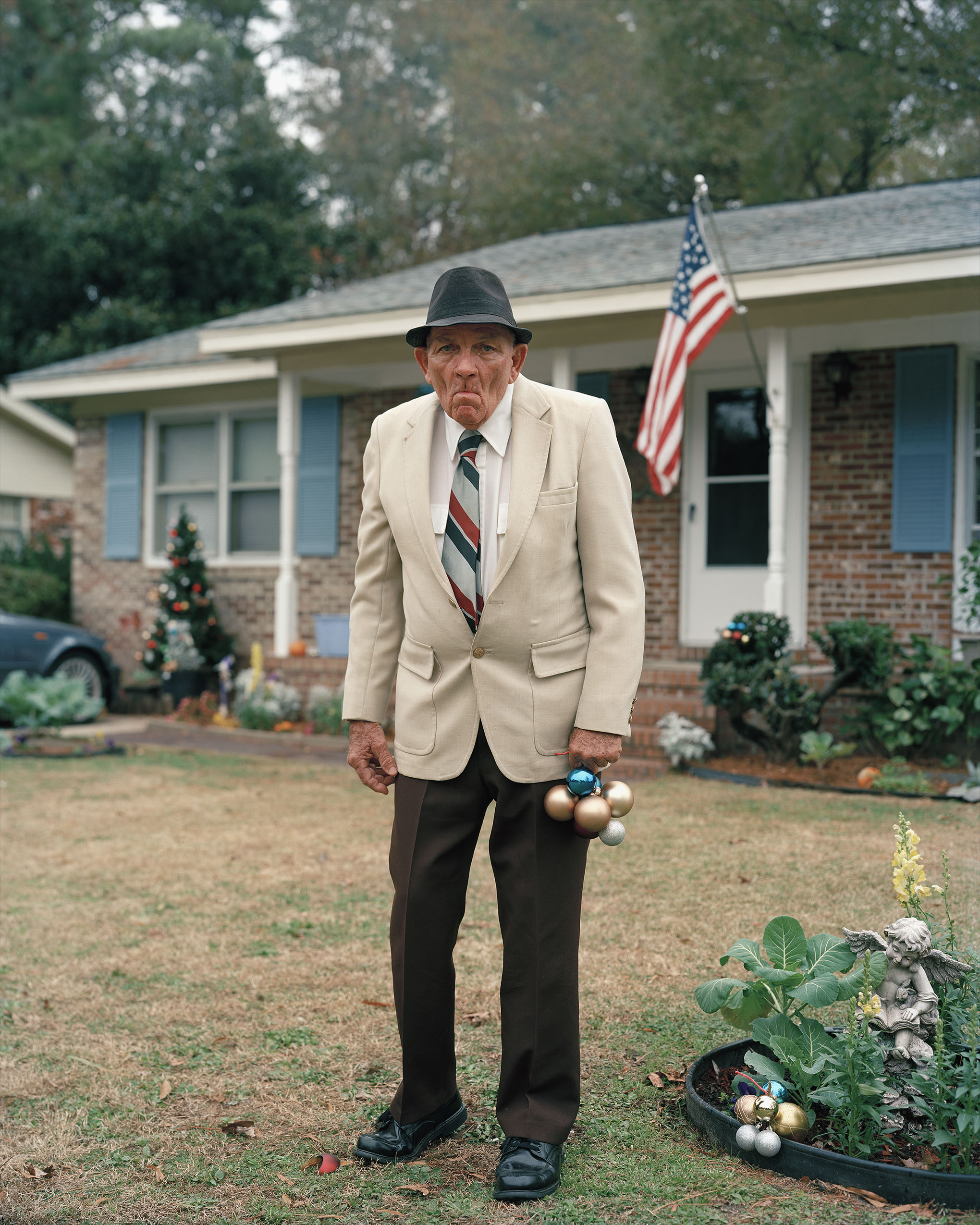From Our Contributors: The Tubercled-Blossom Pearly Mussel Memorial Library of Hope, by Mandy-Suzanne Wong
6 Minutes Read Time
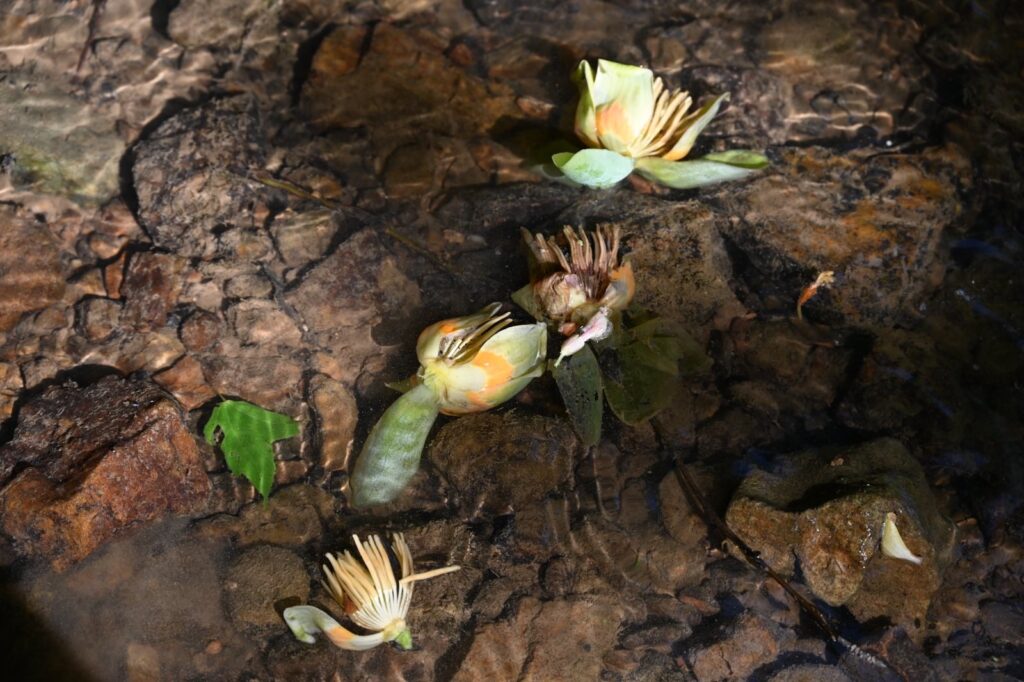
Assistant Managing Editor Bess Winter: Mandy-Suzanne Wong’s “Notes from Underwater” in Issue 21.1 is an extraordinary piece of fiction unlike anything any of us at CR have seen before. It plays with boundaries between human and nonhuman animal, fiction and nonfiction, life and extinction. So, it wasn’t entirely surprising when Mandy-Suzanne let us know that she is the curator of an entire online library of artworks devoted to the tubercled-blossom pearly mussel, full of artists in collaboration—with each other, and with mussels, themselves.
The Tubercled-Blossom Pearly Mussel Memorial Library of Hope
Like a wisp of metaphor, it flickers through “Notes from Underwater,” my story for The Cincinnati Review, but (how rare it is that something happy follows the word “but”) I’m happy to say that (this time, anyway, for now) it is no metaphor. As much as anything may be said to exist, The Tubercled-Blossom Pearly Mussel Memorial Library of Hope exists. It welcomes visitors to its website daily and nightly between midnights. It is with tremendous pleasure and gratitude that I offer you this little preview.
What in the name of the sacred snail is The Tubercled-Blossom Pearly Mussel Memorial Library of Hope? It is a dedicated gathering place for human artists of all sorts who are working in creative collaboration with tubercled-blossom pearly mussels. A tubercled-blossom pearly mussel, or Epioblasma torulosa torulosa, is a freshwater bivalve of a species that was declared extinct in 2023 so that people no longer have to worry about its habitat.
“Creative collaboration” means whatever the artists wish it to mean in the context of a Memorial Library of Hope, plus whatever they feel it’s right and good for “collaboration” to be when it concerns a highly vulnerable animal. If you’ll permit me to quote verbatim some of my better ideas from my introduction to the Library’s website: “It’s far easier to declare, in a deliberate forgetting, that tubercled-blossom pearly mussels no longer share this world with us than it is to hope that they still do.” Hence the Library’s gambit: “Whatever co-creation might consist of in [the Tubercled-Blossom Pearly Mussel Memorial Library of Hope], it cannot possibly entail writing tubercled-blossom pearly mussels out of existence. Instead of clearing our consciences of them, wiping them out of our hearts and minds, we [mussel-headed artists] are living with them in the creative work that is the vital substance of our everyday lives.”
So far, there are a dozen of us collaborating with tubercled-blossom pearly mussels in and beyond the literary arts. I’d like to introduce a small sampling of two artists’ mussel-maniac work.
Janell O’Rourke’s stop-motion film, Ode to Tubercled-Blossom Pearly Mussels, is proud of its hand-drawn lines and what appear to be water stains, as you can see in the following stills. Water is the mussels’ home and sustenance; it is water that a mussel expresses and inhales. Water and the artist’s hand, together in motion, make the images. Similarly, mussels sculpt their shells with their soft hidden mantles and the water’s flowing.
![Browned paper with charcoal-colored horizontal lines and dots along the bottom and orange-yellow splotches throughout. Hand-typed on the paper: "we are sculptors really - we build our own homes. our skills take into account practicality durability and of course aesthetics. our exteriors tend to be subtle - we don't need to call attention to ourselves; while our interiors are jewels of pearlescence [sp]. we form collectives and communities. we clean and filter the streams we call home. we were once abundant, but now we are gone. our spirits twinkle in the brooks and waterways thta once held us in quiet reverence."](https://www.cincinnatireview.com/wp-content/uploads/2024/07/ORourke-mussels-1.jpg)
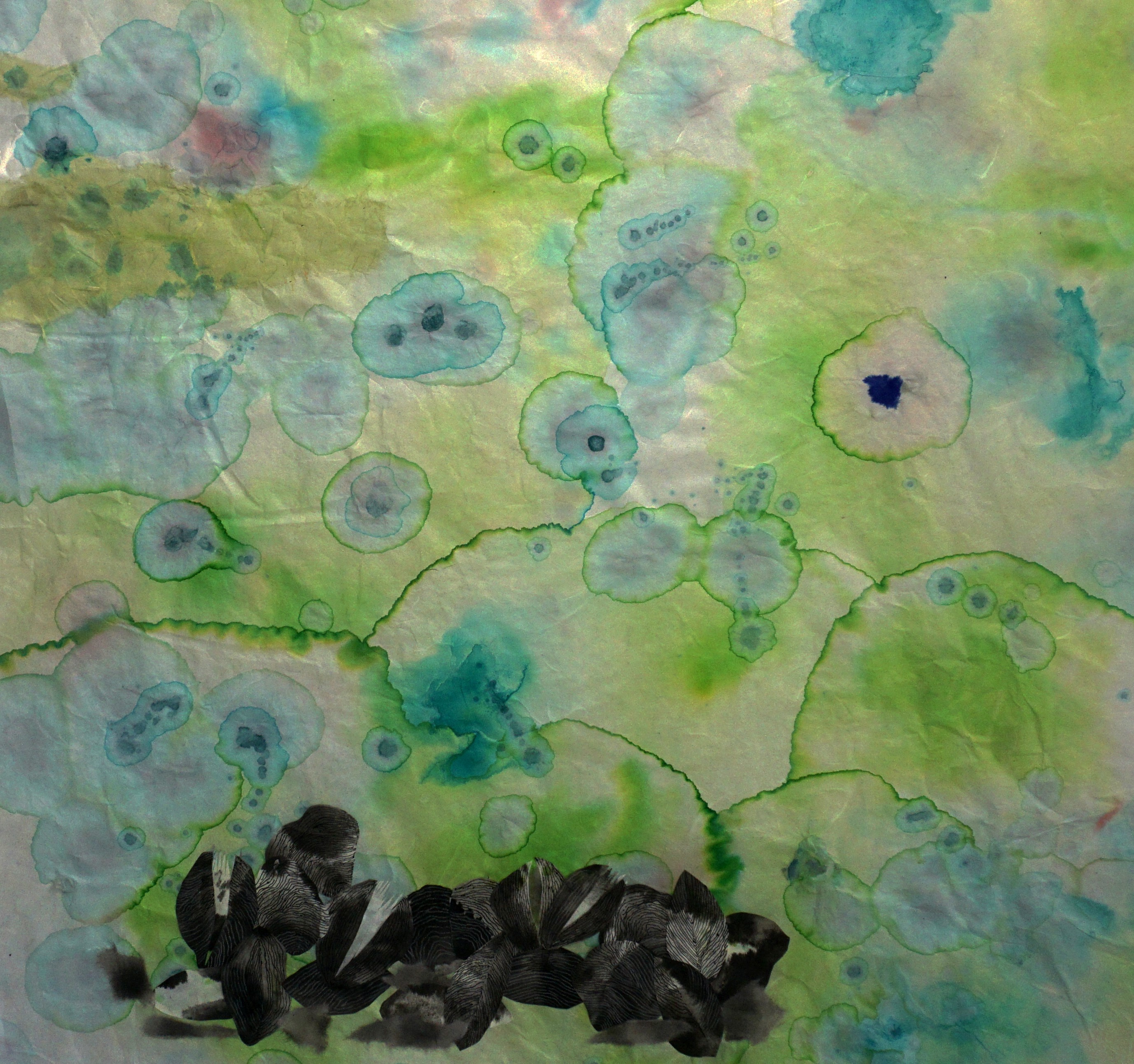
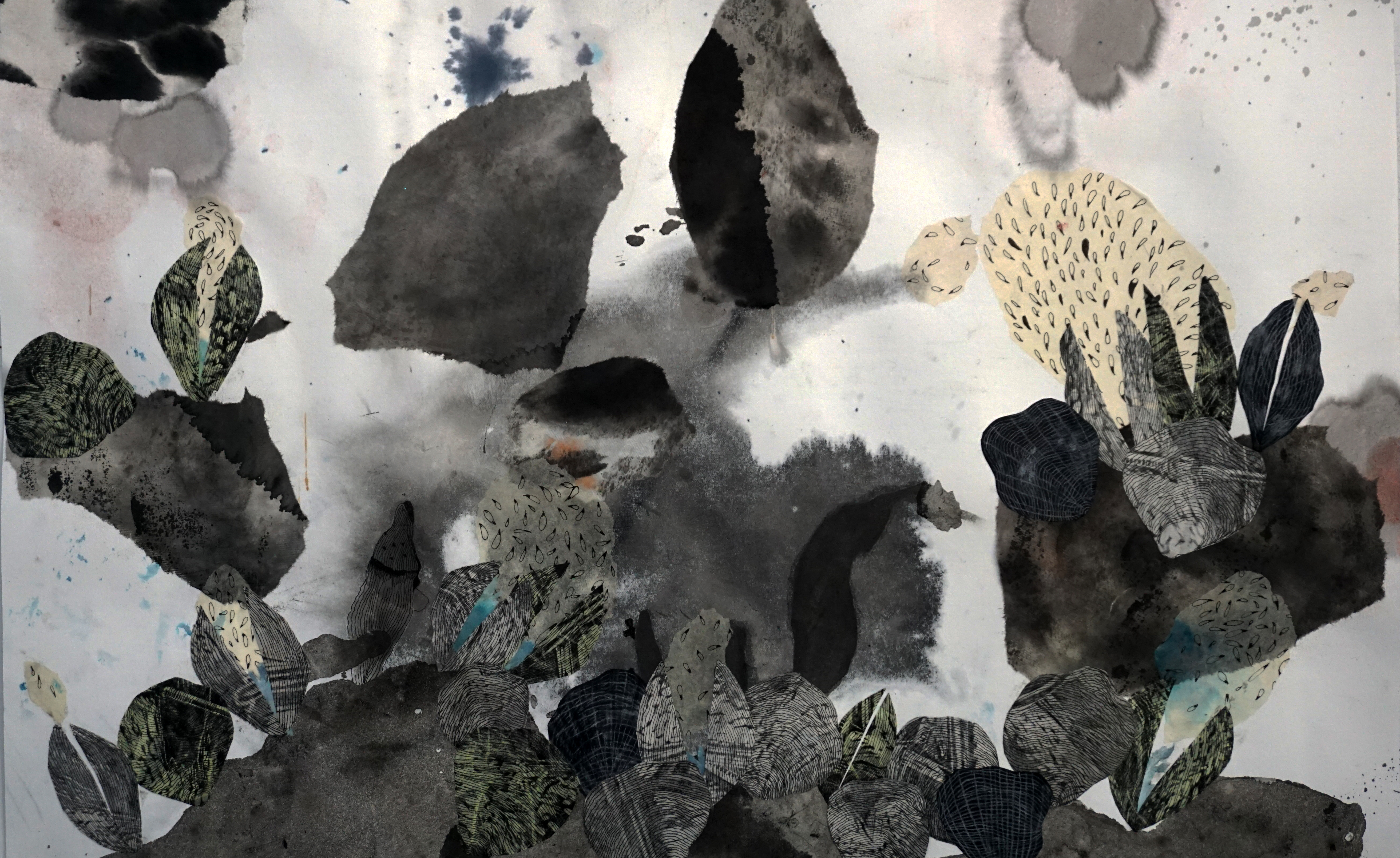
What O’Rourke is doing is inviting the mussels in. Via our imaginations, several artists of the Library invite mussels and their waters into our practices. We invite mussels and waters to suggest how we might work with our own media in their honor, that is, in their memory and with hope at the same time. Ambiguities are rampant in this endeavor. What a mussel is, what mussels are capable of: such matters become questions.
In O’Rourke’s drawing collage entitled art is not human, the depicted mussels are either inhaling or exhaling particles, either gathering fresh materials for auto-sculpture or painting the water’s taste and fragrance. How their creativity functions is ambiguous. Likewise are the mussels’ shadows and the pervasiveness of darkness.
And should you think in the singular, not in terms of bushels or abstract species concepts—should you consider just one mussel—ambiguity piles on top of ambiguity. What is a mussel? Well, whom exactly do you mean? You’ll find this question in my “Notes from Underwater.” You’ll also find it outside the Library’s “Fiction” section. For although thinking the question requires imagination, it’s not just in imagination that nonhuman individuals exist. Each Earthling expresses itself uniquely and irreducibly.
Lee Deigaard’s photographs of a certain creek, which is likely to be or to have been a home for tubercled-blossom pearly mussels, are the water’s responses to her patient looking. Looking, through Deigaard’s eyes and handheld camera, becomes a gentle invitation, coaxing the creek to express itself. What has water to express? Its creativity with light and auto-sculpture, with waving and folding the fabric of its self. Memories of lost inhabitants. Absences teeming with reflections.
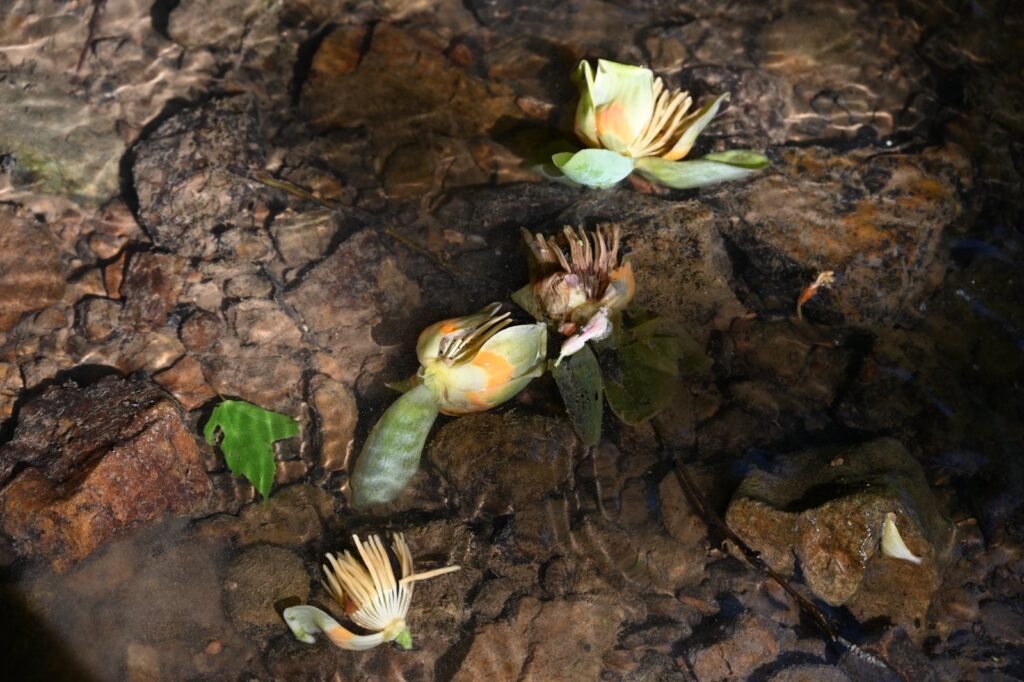
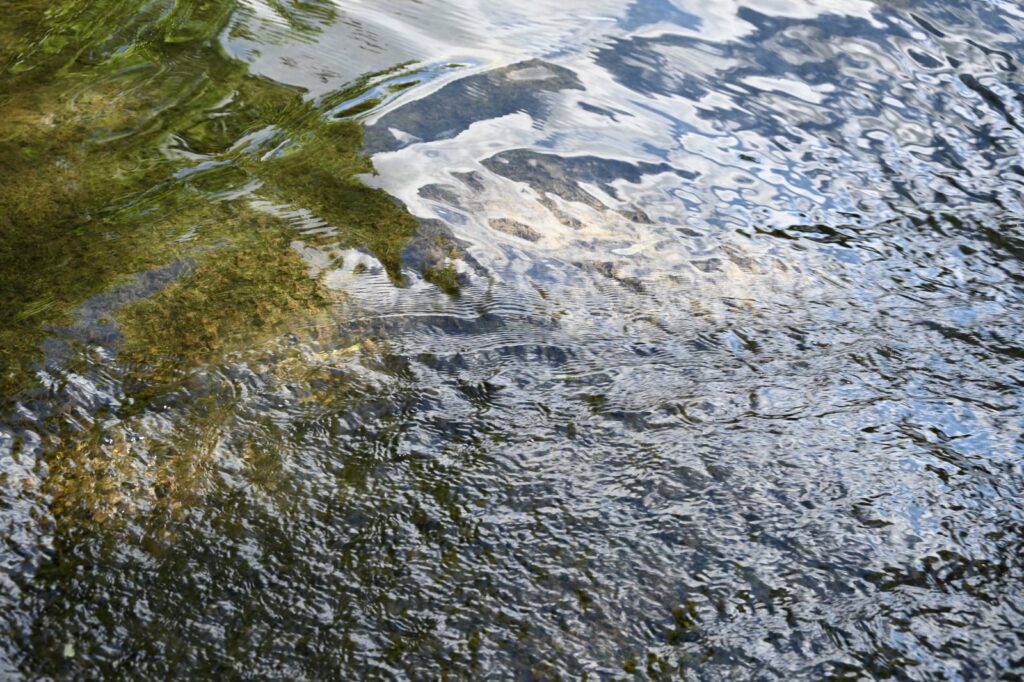
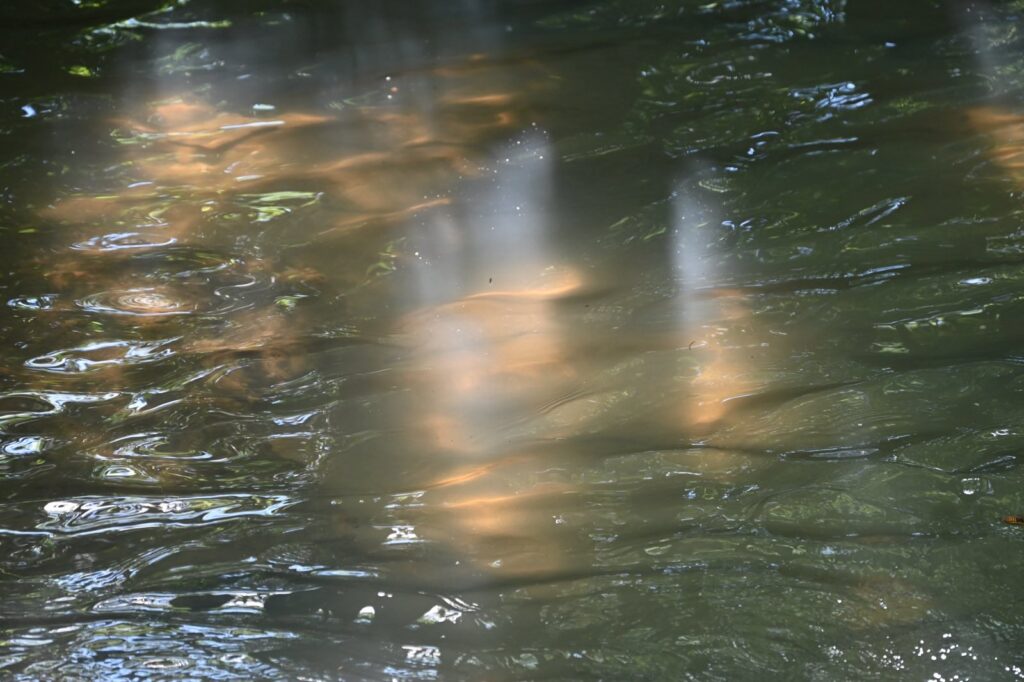
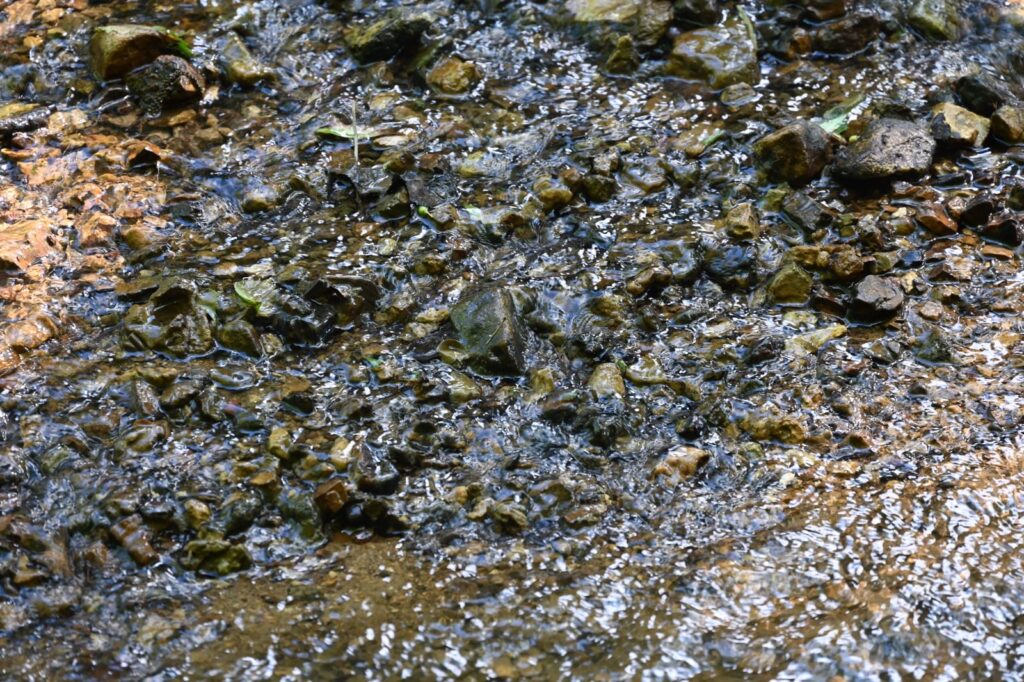
When Deigaard was making the elegiac image “I look for you,” looking for mussels in a spirit of undespairing remembrance revealed to her just how deeply, how brightly, conversing in long looks with mussels’ waters had enabled them—mussels and waters—to imprint themselves upon her way of looking. Looking in hope of mussels remade her looking so that blossoms of a tulip poplar, having dropped into the water like ellipses, seemed haunted by the bivalvular. All images and captions are courtesy of the artists and used here with their permission. Please visit www.janellorourke.com, www.leedeigaard.com, and The Tubercled-Blossom Pearly Mussel Memorial Library of Hope.
Mandy-Suzanne Wong, a Bermudian writer of fiction and essays, is the author of The Box (Graywolf, 2023); Awabi (Digging Press, 2022); Drafts of a Suicide Note (Regal, 2019), a Foreword INDIES literary-fiction finalist; and Listen, We All Bleed (New Rivers, 2021), a PEN/Galbraith-nominated essay collection.
